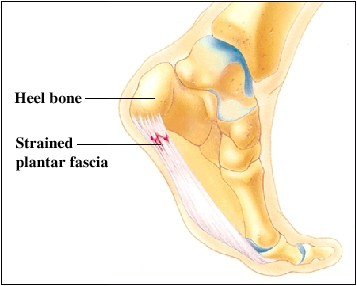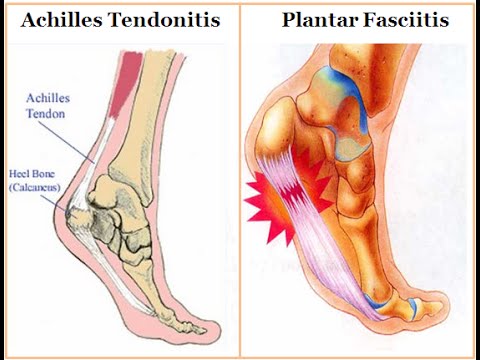
Patellofemoral pain syndrome, or PFPS, is a disease which describes pain in the patella, the outermost foot bone. The main symptoms are exaggerated pain in the knee, or patellar dislocation.
This is caused by damage to the structures that control the foot, and it can result in pain and irritation in areas that have been affected. This kind of pain is usually felt on one side of your body. However, in some cases it can also be felt in your leg.
PFPS is normally found among middle-aged men. It can also occur in women who do some kind of running, such as long-distance running. However, in some people it tends to be more common in younger people. However, it does not affect boys. However, it does tend to cause more severe pain when it occurs.
PFPS is often not a recognised condition, even though it can cause pain and discomfort. Many people with PFPS will go to their GP and tell him or her that they have suffered pain and discomfort in the knee. However, many doctors will ignore it and prescribe anti-inflammatory drugs. This may be a good way to reduce the symptoms, but it is not an effective treatment.
The pain is caused when the joint gets irritated by friction between the bones of the foot and the surface of the foot. This is caused by too much stress on the ligaments of the foot. One of the major causes is high arches. This is where the foot is bent at an unnatural angle, and it can be caused by many things, including poor posture, obesity, or a weakness of the muscles on the back of the foot. Other conditions can also cause high arches, including arthritis and knee problems.
PFPS is also called plantar fasciitis. The pain in one foot is usually worse than the other, so when you try to walk, you will have pain in both feet.
This pain can be treated by wearing orthotics to help to strengthen the ligaments and cushion the joint. It can also be treated by physical therapy, but it can take many months to get rid of the problem.
There are many causes for PFPS, so you need to discuss the symptoms with your doctor to find out which condition you have and what treatments would be best. to treat it.
There are many different treatments available for plantar fasciitis. These include prescription medication, physical therapy, and surgery. Most people opt for the more traditional form of treatment – surgery. However, there is no cure for PFPS, just a short-term treatment that can relieve the pain and help to ease the pain.
What is PFPS Surgery? Surgery involves cutting off the affected area and inserting screws. This stops inflammation, stiffness and pain. This is usually done on an outpatient basis, but if it is necessary you will have to stay in hospital for a few days and possibly be treated overnight.

It is always a good idea to check with your doctor before having surgery
You might need further treatment, especially if you have a weak or damaged bone. or tendons. Your surgeon may advise you to use crutches, splints, or even a brace. to help support the joint after surgery.
A lot of people do not think that there is any real cause for fear of surgery when it comes to plantar fasciitis surgery. However, if the surgeon removes a portion of the joint, it can be put right back into place later, without much of a fuss. However, it is important to keep your doctor informed and follow your doctor's advice. While surgery can help to relieve the pain, it can also make the problem worse.
If your doctor decides that you need a surgical treatment for PFPS, it is important to remember that you should also take pain relievers and anti-inflammatory medication, as prescribed by your doctor, to help you cope with the pain. As with any surgery, you should avoid over-exertion of the joint.
Diabetes symptoms vary from one individual to another. The reason for this variation is the different severity of the disorder. Diabetes affects both sexes equally, but it does so in men differently than in women. There are many different symptoms of diabetes in both genders. The same goes for men and women who have this disease.
Type 2 diabetes was once known as juvenile-onset diabetes, because it is relatively rare in children and adolescents. But in recent years, it has grown more prevalent due to the increasing number of overweight adults and because more teenagers are obese or overweight. As with all conditions, those who are overweight are also at greater risk of developing diabetes. And because women are usually heavier than men, this condition also tends to be much more prevalent in women than it is in men.
Symptoms of diabetes that affect women are just as varied as those that occur in men. Many women also report that the first sign they experience is typically fatigue. This can lead to the onset of anemia and can be attributed to the fact that women generally burn less calories than men. Women tend to have lower levels of insulin in their blood, which leads to the fact that many times the body does not absorb the sugar in the bloodstream as quickly as it should.
Other symptoms that may occur in women include headaches, vision problems, changes in their blood pressure, weight fluctuations, muscle cramps, dizziness, and nausea. And while some of these conditions may appear in women, men are at greater risk of developing these conditions.
Symptoms of diabetes in men can be far more serious. Many men experience kidney failure, which may result in blindness, and even death. And while there are no reports of blindness due to diabetes, more men than women are now developing diabetic kidney disease because of the lack of vitamin D in their bodies.
Diabetes can be hard on the body and cause damage to the pancreas. Those who have diabetes should take steps to treat it and keep their condition under control in order to minimize the effects of diabetes on their lives.
Symptoms of diabetes in both genders should not be underestimated. And when it comes to diagnosis, it is important that you are able to recognize and discuss any symptoms with your doctor.
Diabetes is a very serious condition and should be treated promptly. The sooner you are diagnosed and treated the sooner you can get on with living life and avoiding the debilitating effects of diabetes can have on your body and your life. If you or someone you know has symptoms of diabetes, contact your doctor today to get the treatment you need.